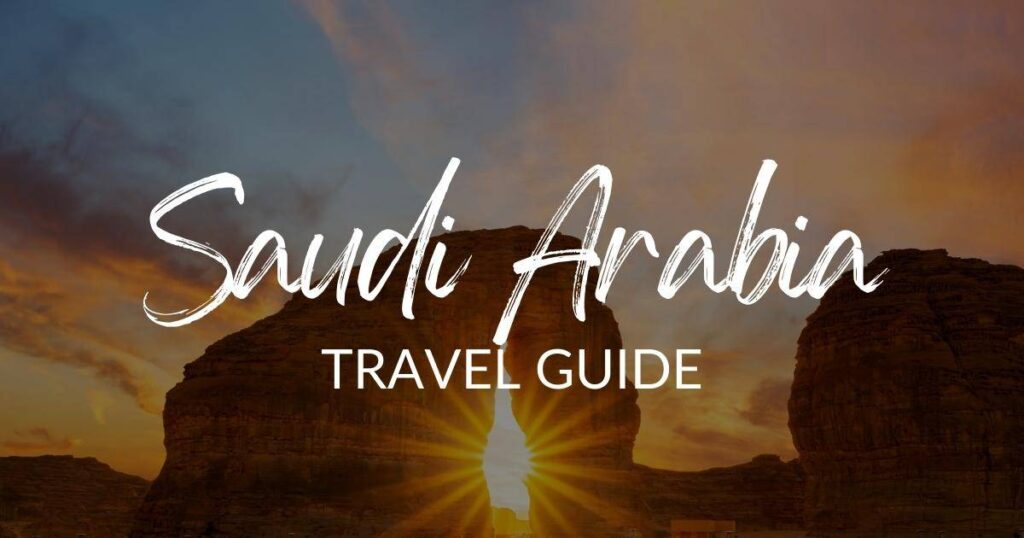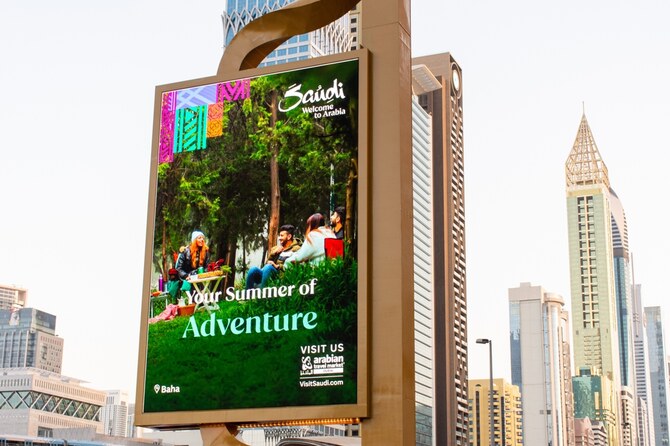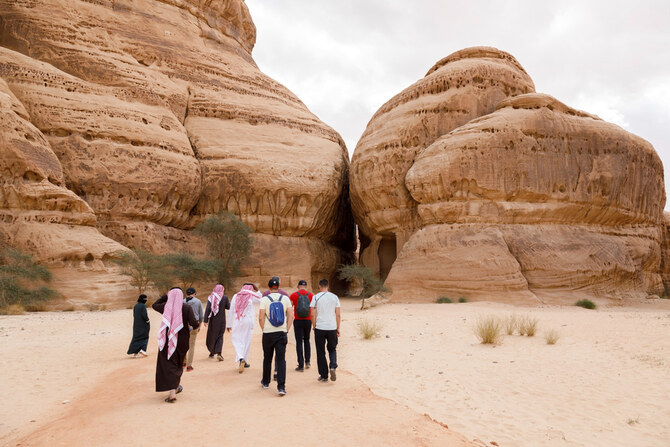Saudi Arabia, the heart of the Middle East, is a land of contrasts—where ancient history meets modern innovation, and vast deserts coexist with lush green mountains. Whether you’re visiting for business, religious pilgrimage, or leisure, the Kingdom offers a unique and unforgettable experience. However, traveling to Saudi Arabia requires careful planning and an understanding of its culture, laws, and logistics. This comprehensive guide will walk you through everything you need to know before embarking on your journey to Saudi Arabia.
Visa and Entry Requirements
Before packing your bags, ensure you have the right visa. Saudi Arabia offers several types of visas, depending on the purpose of your visit:
- Tourist Visa: Available for citizens of eligible countries, allowing stays of up to 90 days.
- Business Visa: For professionals attending meetings, conferences, or business-related events.
- Umrah Visa: For Muslims visiting Makkah and Madinah for religious pilgrimage (outside of Hajj season).
- Hajj Visa: Issued specifically for pilgrims performing Hajj during the designated season.
- Work Visa: For individuals employed by Saudi companies.
The good news? Applying for an eVisa is now easier than ever, with many nationalities eligible for online applications. Always check the official Saudi government website for the latest entry requirements.
Best Time to Visit
Saudi Arabia’s desert climate means scorching summers and mild winters. Here’s when to plan your trip:
- October to March: The weather is pleasant, making it ideal for sightseeing and outdoor activities.
- Ramadan: While a unique cultural experience, be mindful of restrictions on eating and drinking in public during daylight hours.
- Hajj Season: A spiritually rewarding time for Muslim travelers, but expect large crowds.
Top Destinations in Saudi Arabia
Saudi Arabia is brimming with incredible destinations. Here are some must-visit places:
- Riyadh – The Capital City
Riyadh is the political and business hub of the Kingdom, offering a mix of modernity and tradition. Highlights include:
- Kingdom Centre Tower: A skyscraper with stunning city views.
- Diriyah: A UNESCO-listed heritage site that tells the story of Saudi Arabia’s origins.
- National Museum: A treasure trove of the country’s history and culture.
- Jeddah – The Gateway to the Red Sea
Jeddah is a coastal gem known for its vibrant culture and stunning landmarks:
- Corniche: A picturesque waterfront perfect for a leisurely stroll.
- Al-Balad: A historic district filled with ancient architecture and bustling markets.
- King Fahd Fountain: The tallest water fountain in the world.
- Makkah & Madinah – The Holiest Cities
For Muslim travelers, these cities are the spiritual heart of Saudi Arabia:
- Masjid al-Haram: Home to the Kaaba, Islam’s most sacred site.
- Masjid an-Nabawi: The Prophet Muhammad’s mosque in Madinah.
- AlUla – The Ancient Wonder
AlUla is a breathtaking destination that feels like stepping back in time:
- Hegra (Mada’in Salih): Saudi Arabia’s first UNESCO World Heritage Site, often compared to Petra in Jordan.
- Elephant Rock: A stunning natural rock formation.
- Maraya Concert Hall: A futuristic mirrored building in the middle of the desert.
- Abha – The Green Paradise
Escape the desert and explore Abha’s lush landscapes:
- Asir National Park: Cool weather, green mountains, and stunning views.
- Jebel Sawda: One of the highest peaks in Saudi Arabia, offering panoramic vistas.
Cultural Etiquette & Laws
Saudi Arabia follows Islamic customs and traditions, and visitors are expected to respect local norms:
- Dress Code: Modest clothing is required. Women are not obligated to wear an abaya but should dress conservatively.
- Public Behavior: Avoid public displays of affection, loud music, and offensive gestures.
- Prayer Times: Businesses close temporarily during prayer times.
- Alcohol & Drugs: Strictly prohibited and punishable by law.
- Photography: Always ask for permission before photographing people or government buildings.
Transportation & Getting Around
Getting around Saudi Arabia is relatively easy, thanks to its well-developed transport system:
- Flights: Domestic flights connect major cities.
- Trains: The Haramain High-Speed Railway links Makkah, Madinah, Jeddah, and KAEC.
- Taxis & Ride-Sharing: Uber and Careem are widely available.
- Car Rentals: Driving is an option, but be aware of strict traffic rules.
Local Cuisine
Saudi cuisine is a flavorful blend of spices and traditions. Don’t miss these dishes:
- Kabsa: A fragrant rice dish with spiced meat.
- Mandi: Slow-cooked lamb or chicken with rice.
- Mutabbaq: A stuffed pancake-like street food.
- Dates & Arabic Coffee: A symbol of Saudi hospitality.
Currency & Payment
The official currency is the Saudi Riyal (SAR). Credit cards and mobile payments are widely accepted, and ATMs are easily accessible.
Safety & Health
Saudi Arabia is generally safe for tourists, but it’s important to:
- Follow local laws and customs.
- Stay hydrated, especially during the hot summer months.
- Have travel insurance to cover medical emergencies.
Final Thoughts
Saudi Arabia is a land of endless possibilities, offering a unique blend of ancient heritage and modern marvels. Whether you’re exploring its vast deserts, embarking on a spiritual journey, or engaging in business ventures, this guide will help you navigate the Kingdom with ease. With its rich culture, stunning landscapes, and warm hospitality, Saudi Arabia promises an unforgettable travel experience.
So, what are you waiting for? Start planning your trip to the Kingdom of Saudi Arabia today!












